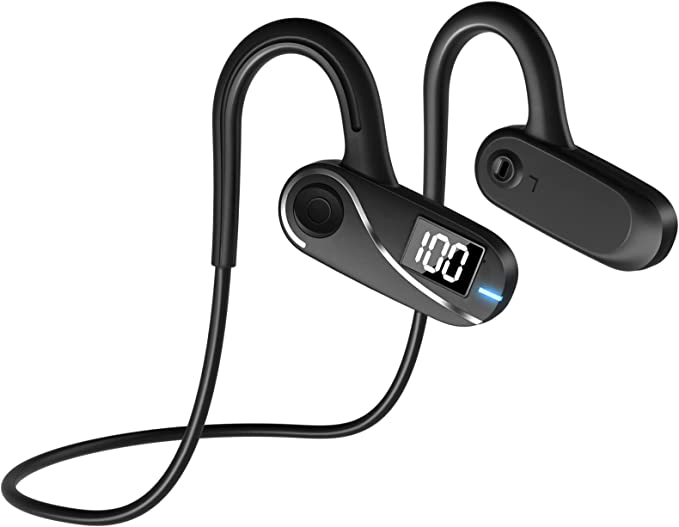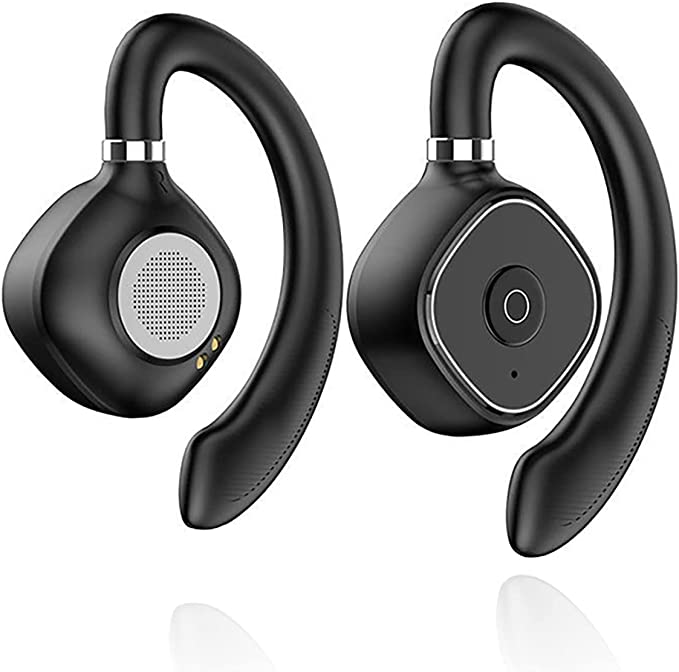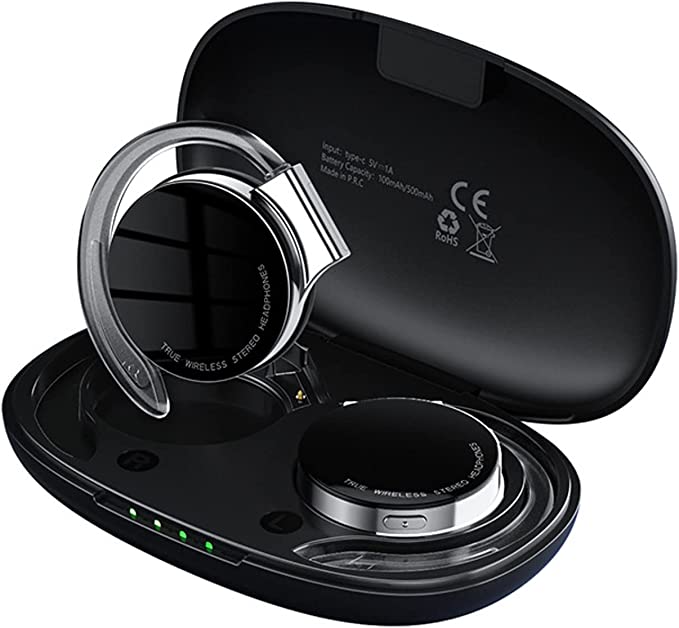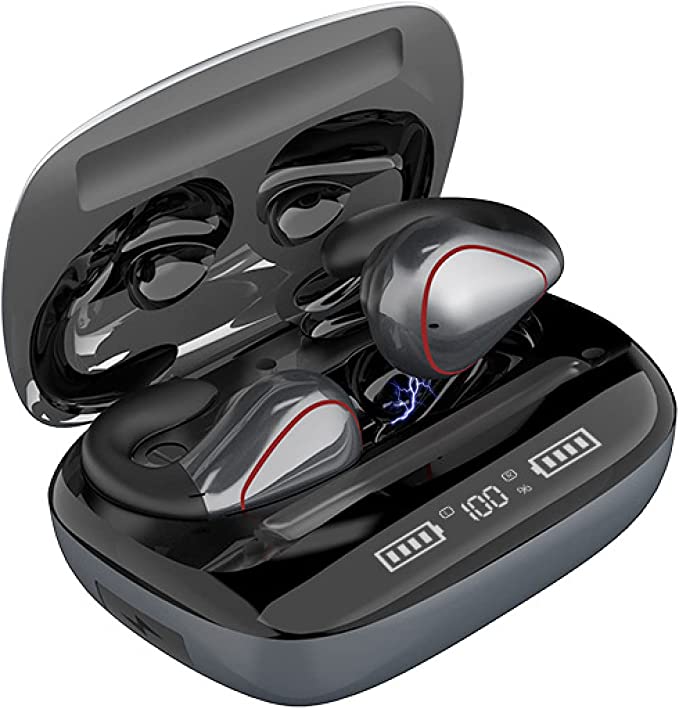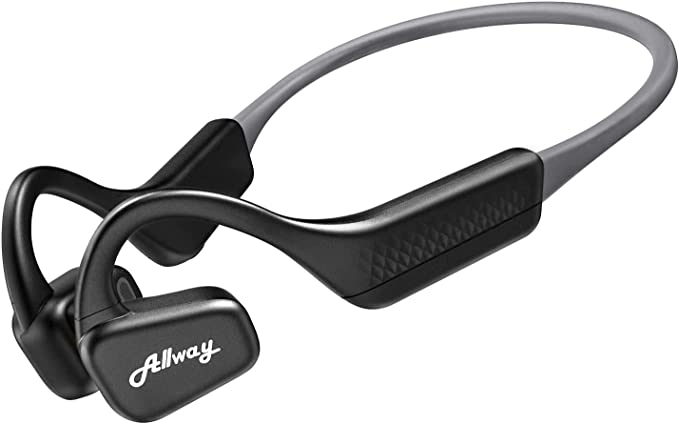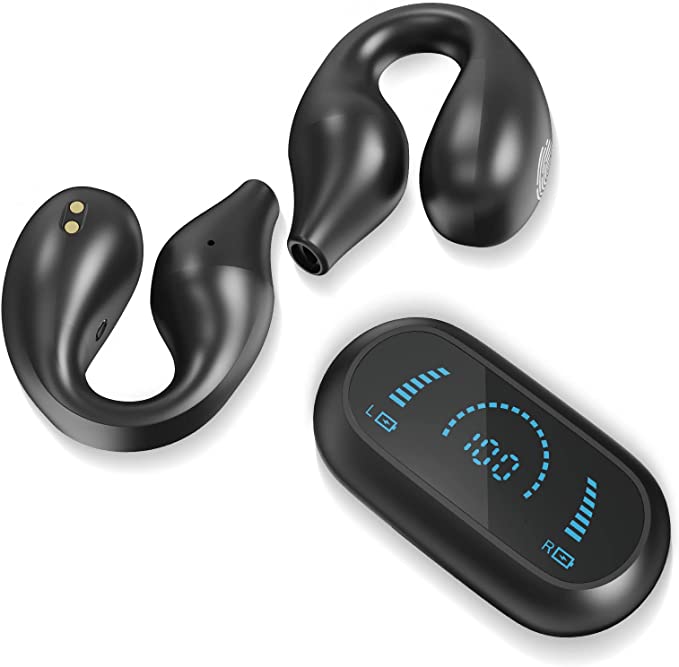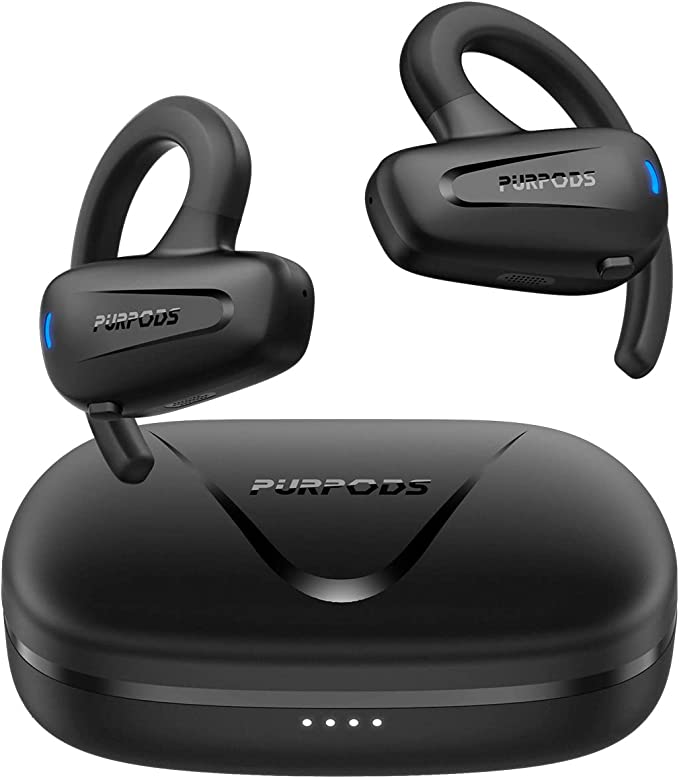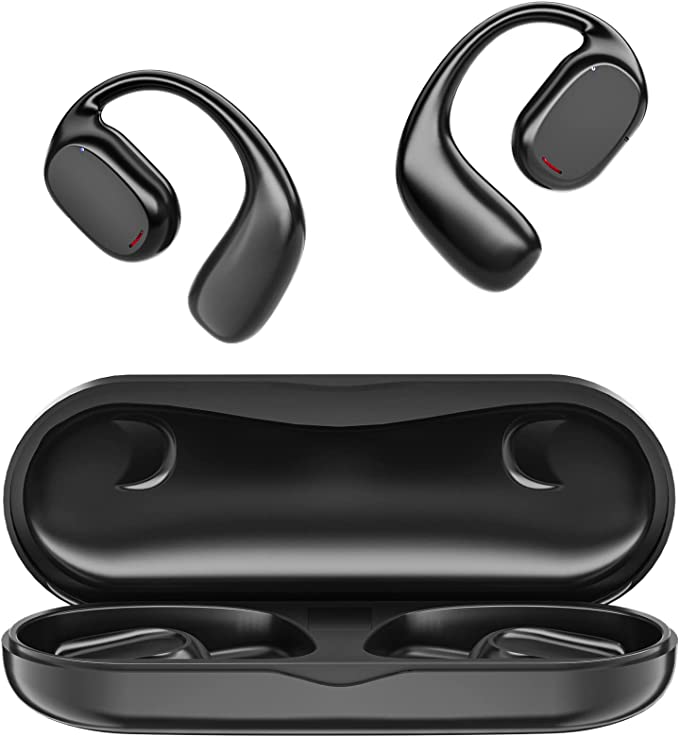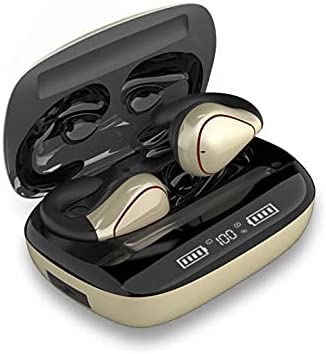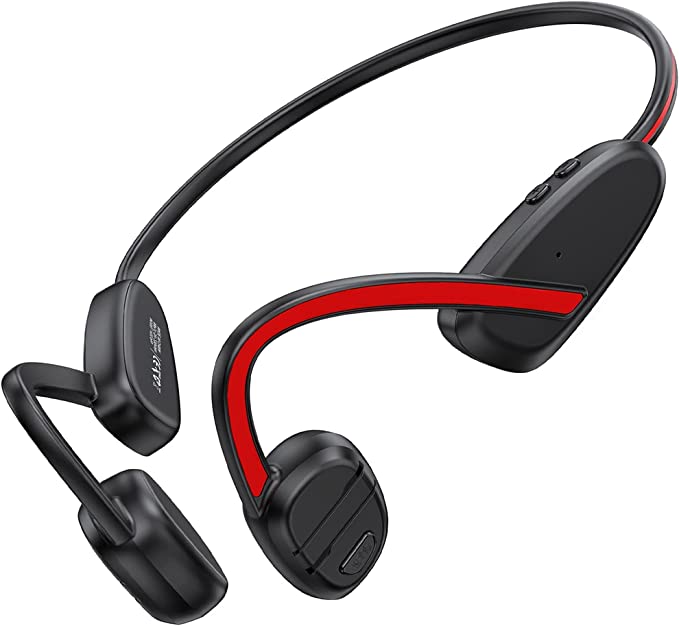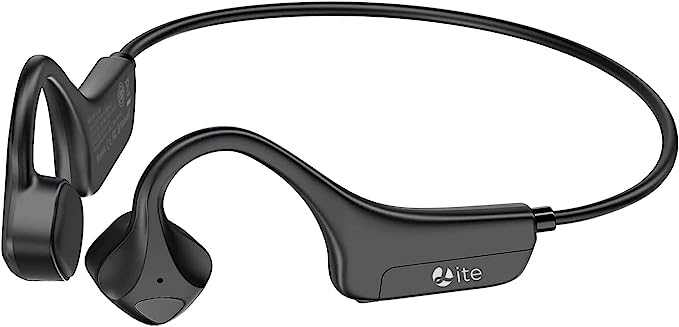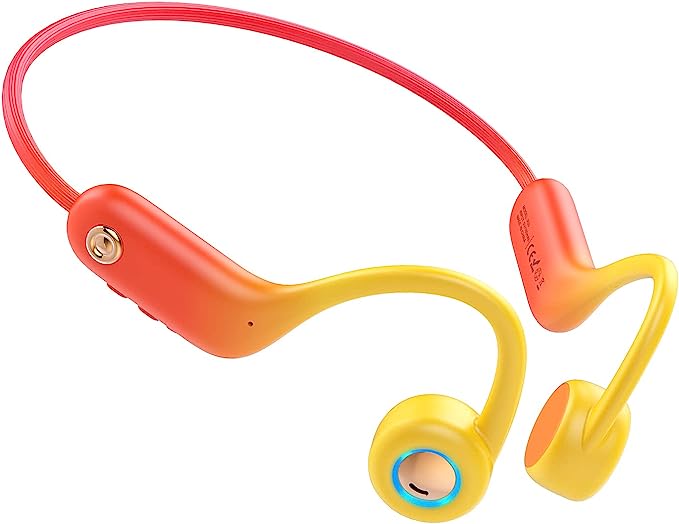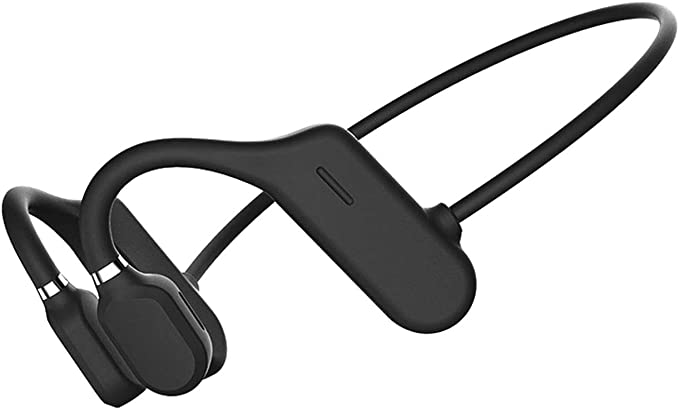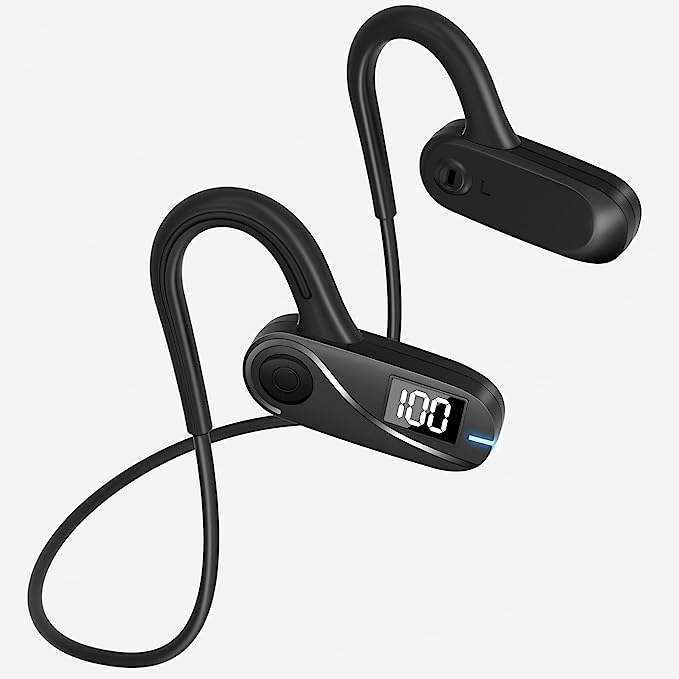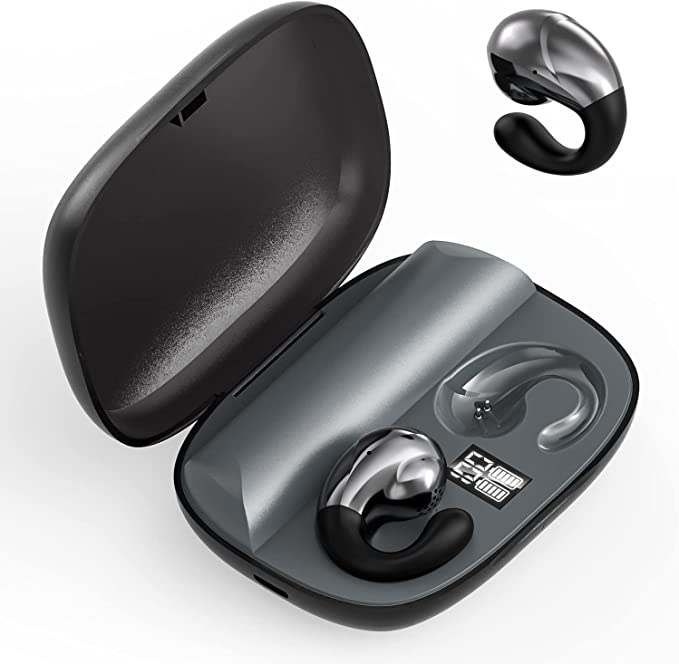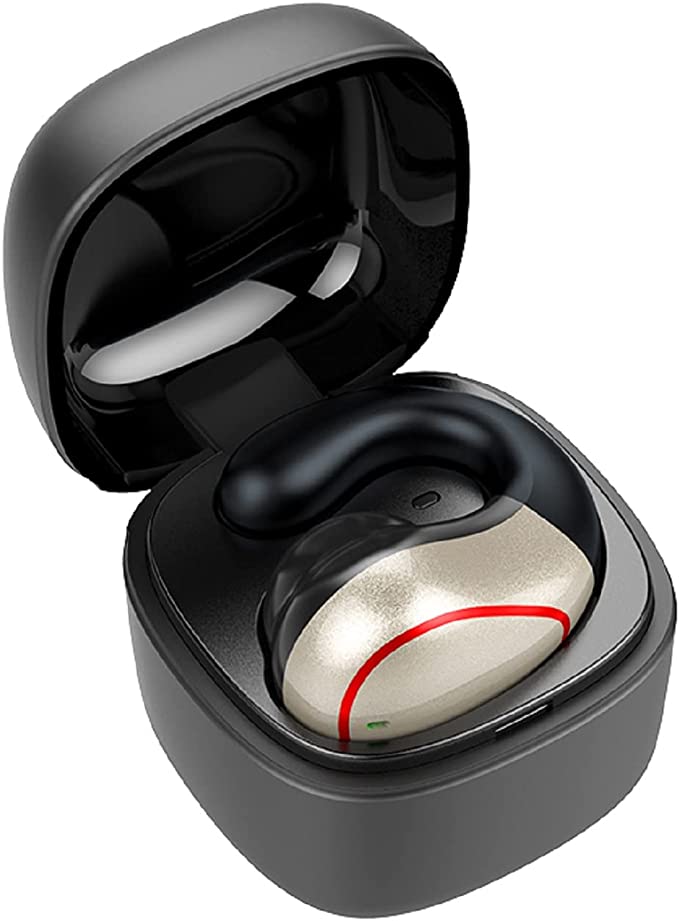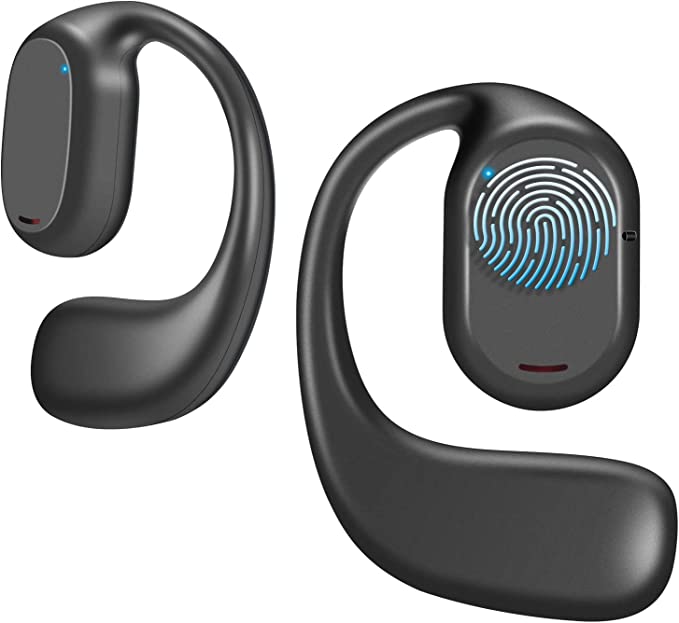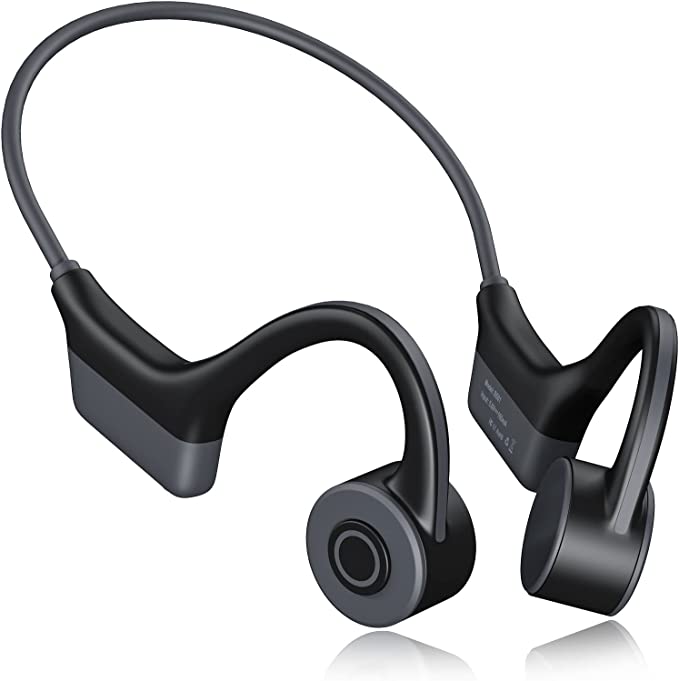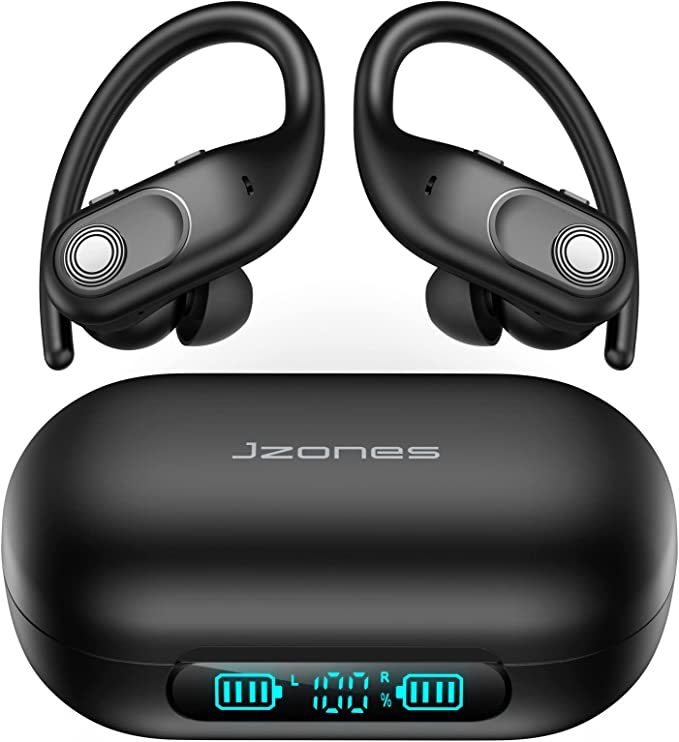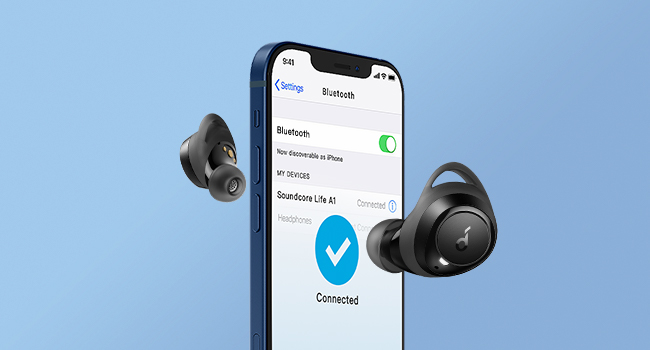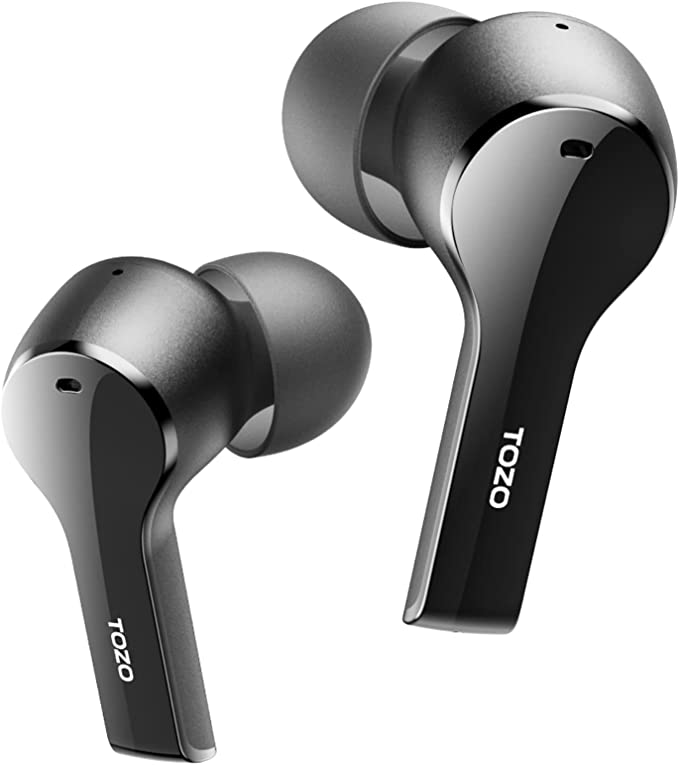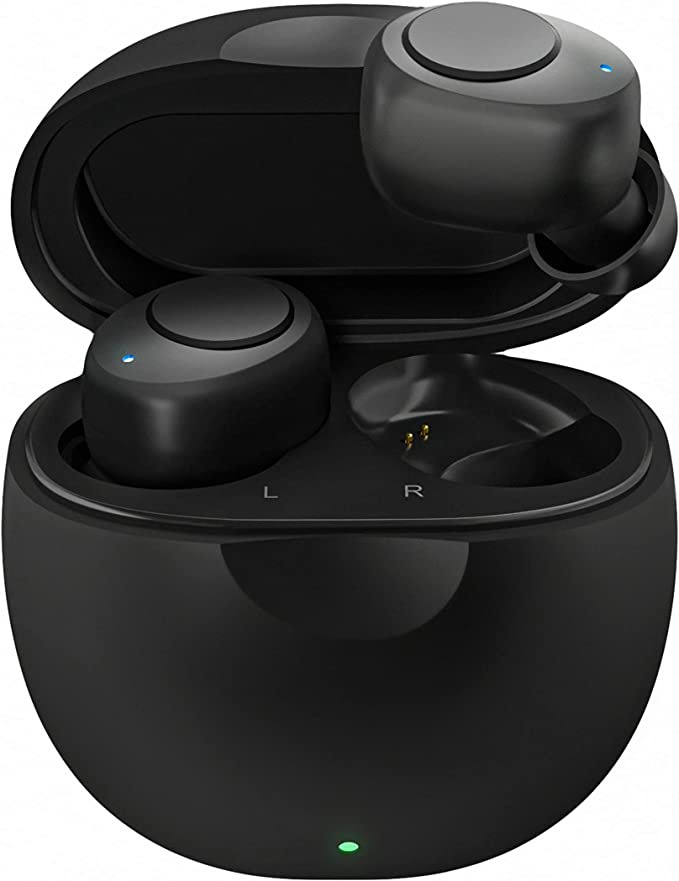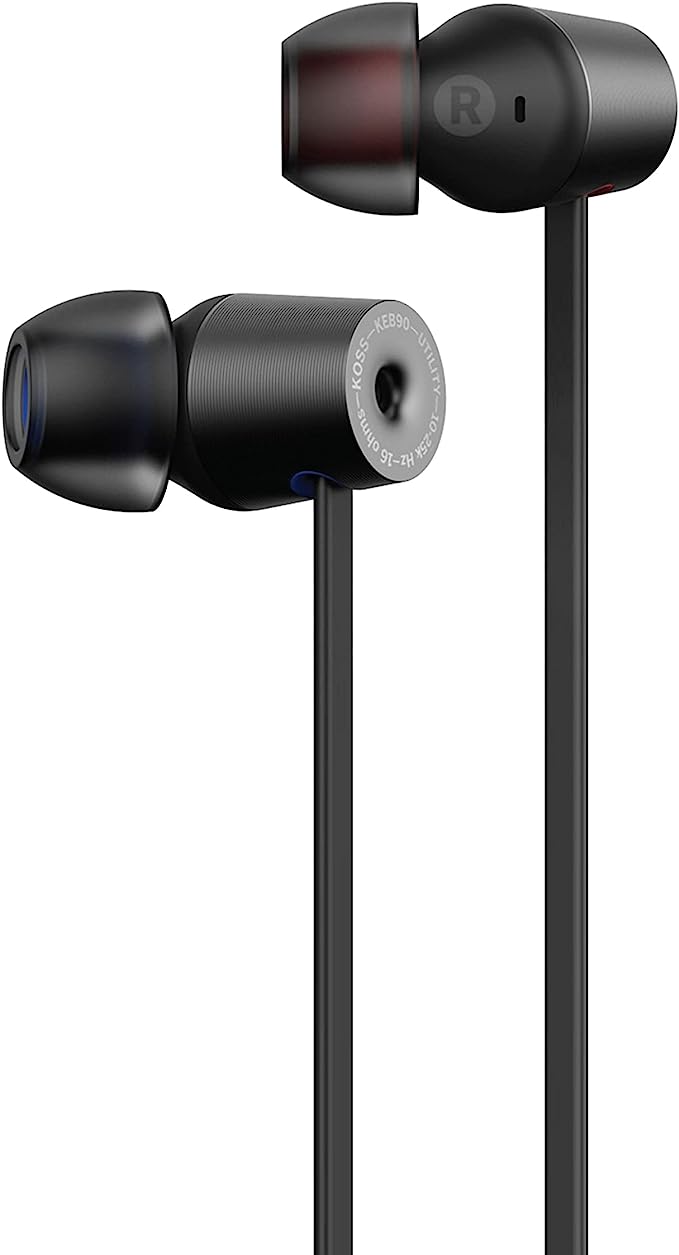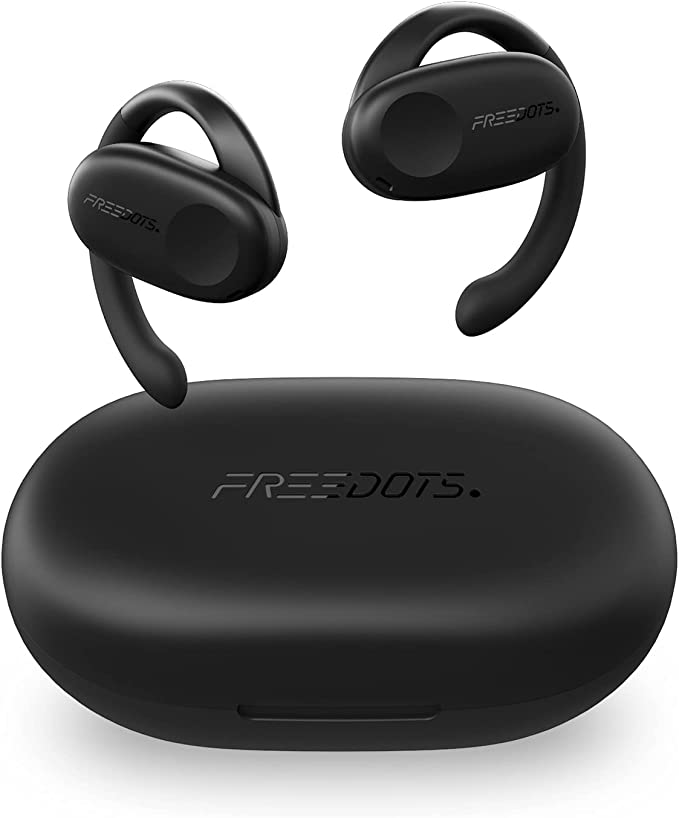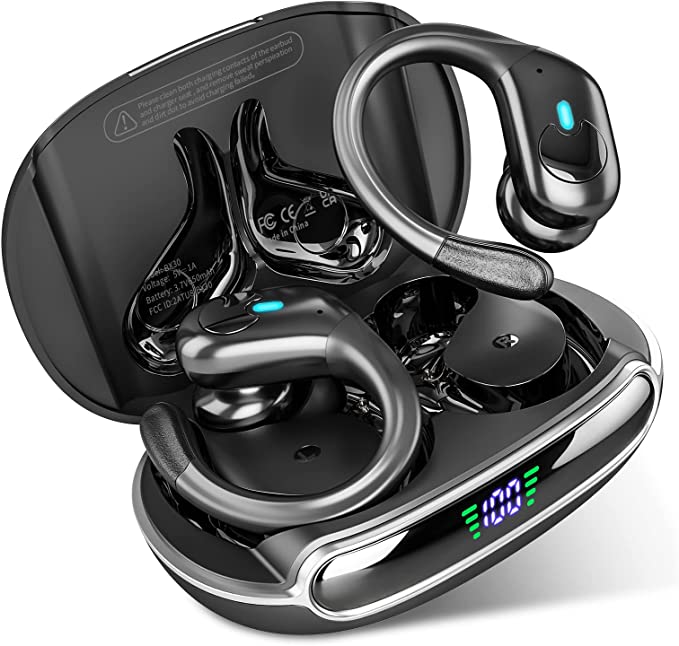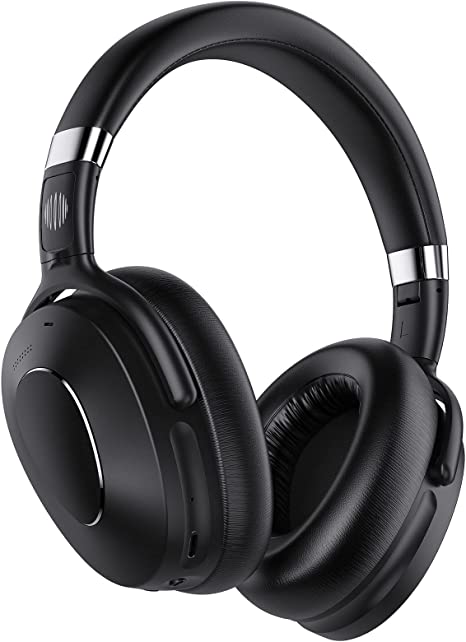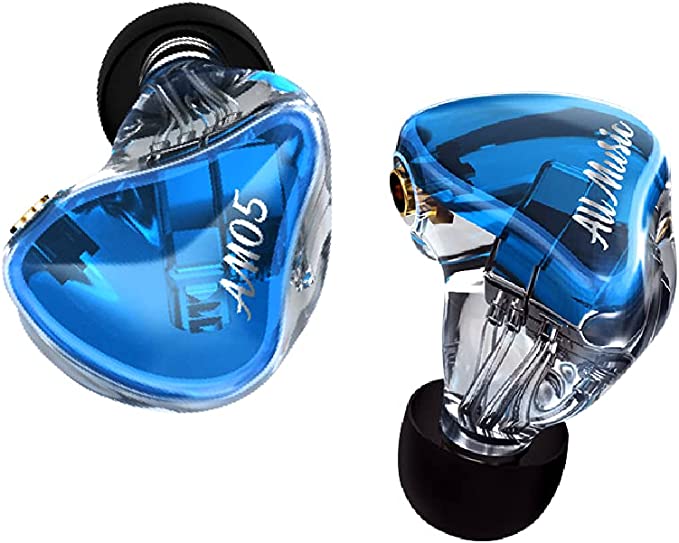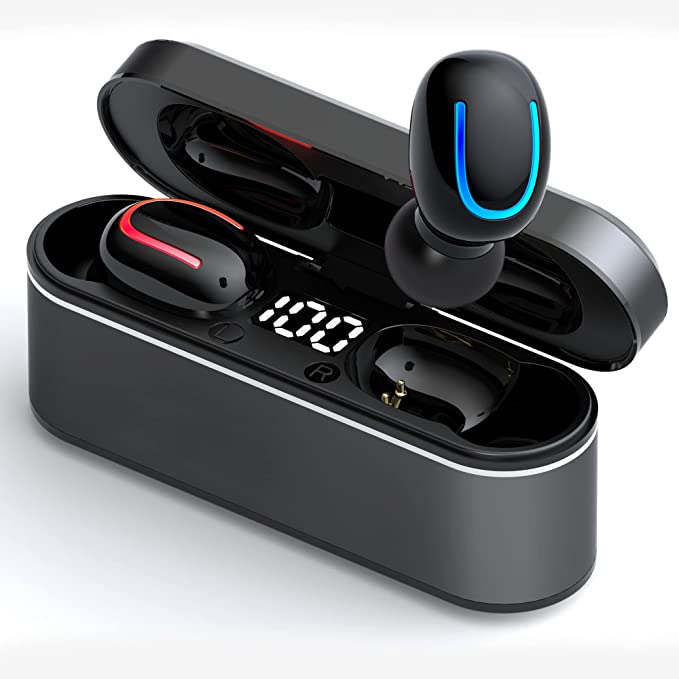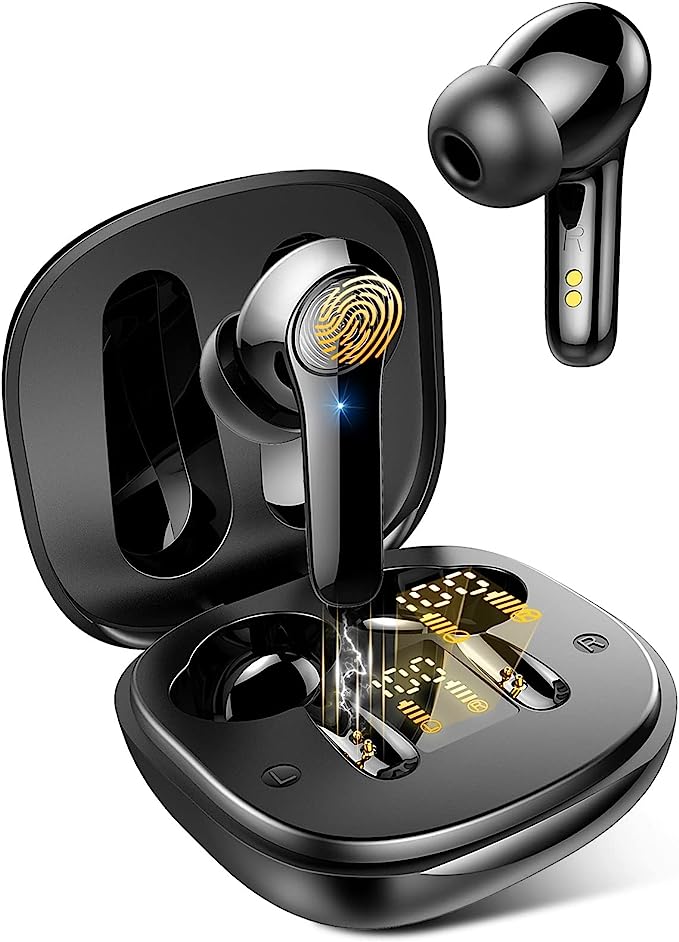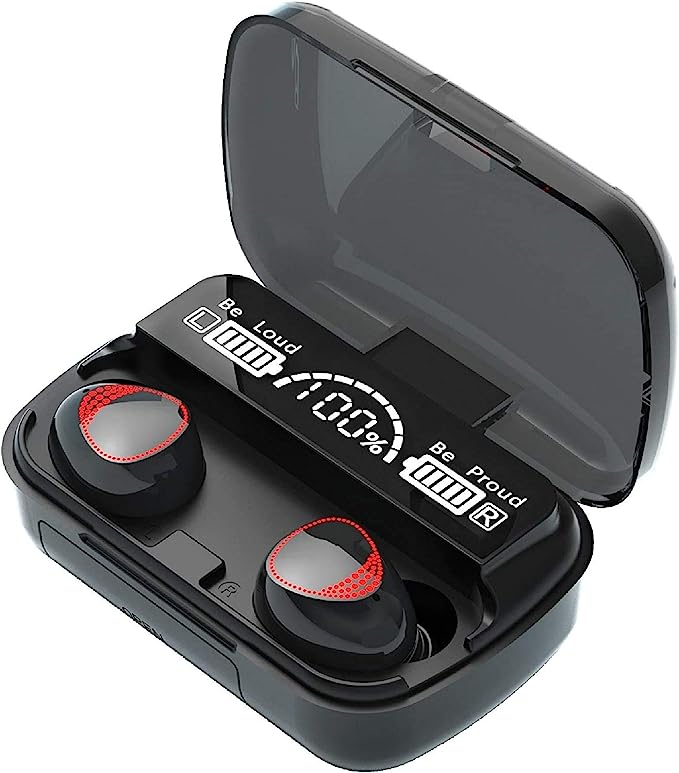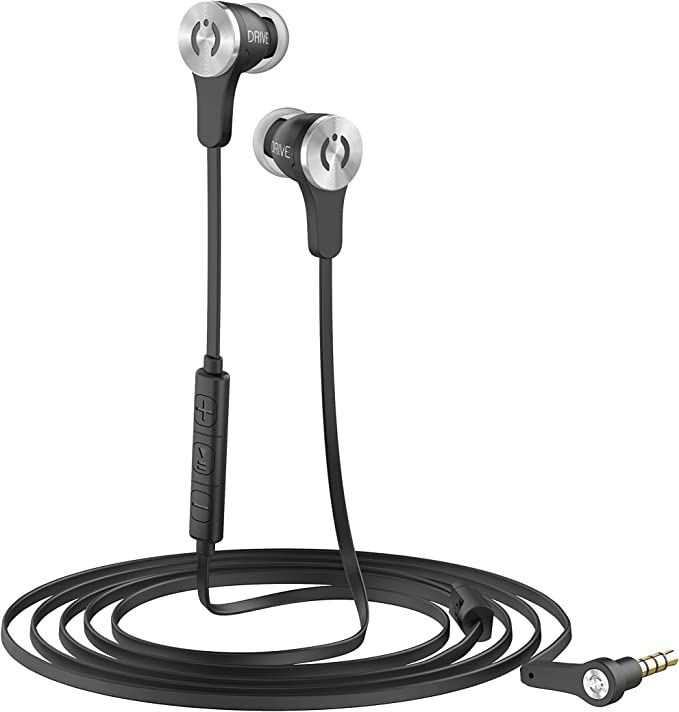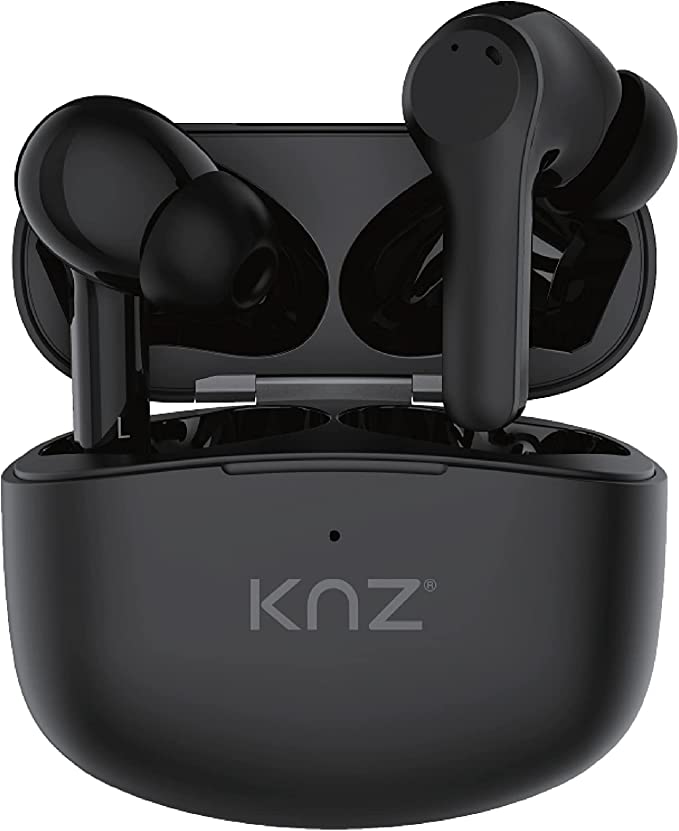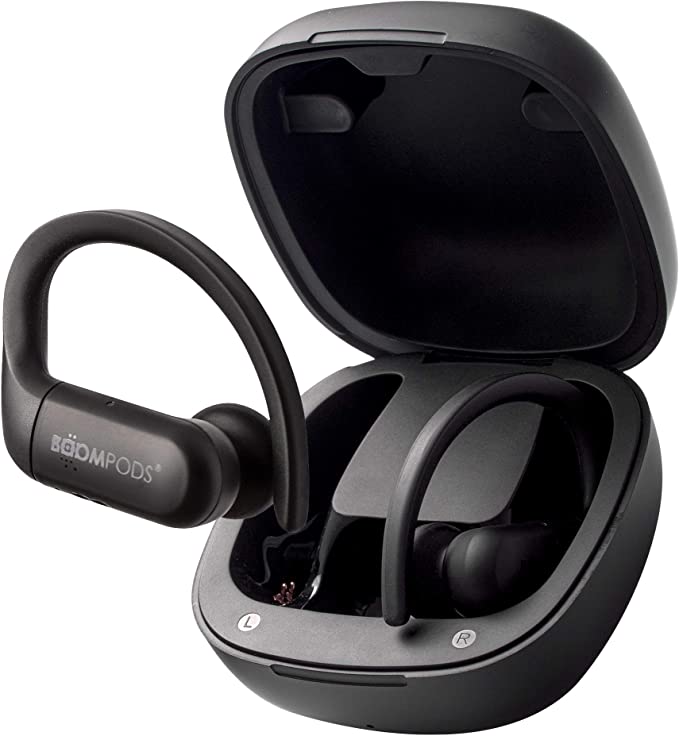The Engineering of Freedom: Open Ear Headphones, Situational Awareness, and Perpetual Power Explained
Update on Oct. 30, 2025, 10:06 a.m.
The history of personal audio has long been a quest for perfect sonic isolation—a desire to build a protective acoustic bubble. But today, the most compelling innovations are moving in the opposite direction. We are demanding utility-focused headphones that don’t just entertain us, but integrate seamlessly and safely into our dynamic, real-world environment.
As an audio technology enthusiast and editor, I see a clear shift toward a new standard of performance built on three critical engineering pillars: Awareness, Endurance, and Seamlessness. When we look at models like the OJW Open Ear Headphones, we aren’t just seeing another pair of earbuds; we’re witnessing a case study in how thoughtful design addresses the modern user’s core anxieties—safety, battery life, and workflow interruption.
Let’s unpack the science and the philosophy behind these engineering breakthroughs, explaining exactly why these features are game-changers, not just marketing terms.
Pillar 1: The Acoustics of Awareness—Reconciling Sound and Safety
The most immediate distinction of open-ear headphones is, well, the open ear. Unlike traditional earbuds that use a physical seal to isolate sound (which can lead to discomfort, pressure, and dangerous detachment from the environment), open-ear designs, as seen in the OJW model, champion Situational Awareness.
How Open-Ear Acoustics Work:
It’s a misconception that these systems rely on bone conduction (which sends vibrations through the skull). Instead, most utility-focused open-ear devices use precisely positioned, near-ear speakers. These small acoustic drivers are strategically angled to project sound waves efficiently into your ear canal without blocking it.
The Mentor’s Insight: Think of it like listening to a subtle, high-quality speaker placed just an inch from your ear. You get clear, personalized audio, but your eardrum remains fully exposed to ambient sounds. This is crucial for cognitive function. When you are cycling or walking near traffic, hearing that approaching vehicle or an unexpected announcement is no longer a luxury; it’s a necessary input for survival. The ability to maintain this dual perception—music and surroundings—is a subtle but powerful enhancement to daily safety.
The Clarity of Connection: Dual-Microphone Engineering
Awareness extends beyond just hearing the world; it also involves ensuring the world can hear you clearly. When you take a call on the move, wind noise, traffic, or a busy office can quickly degrade communication.
The OJW headphones address this with dual-microphone technology. This isn’t just about having two mics; it’s about having two intelligent sensors working together.
- One microphone (often called the feed-forward or main mic) focuses on capturing your voice.
- The second microphone (often a feed-back or noise-reference mic) listens specifically to the background cacophony.
A sophisticated Digital Signal Processor (DSP) then analyzes these two audio streams in real-time. By applying algorithms like beamforming and noise subtraction, the DSP effectively creates a “focused audio tunnel” for your voice, cancelling out the unwanted noise before it gets transmitted. The result is “crystal-clear calls” that maintain the privacy and focus of a one-on-one conversation, even in chaotic environments.
Pillar 2: The Philosophy of Perpetual Power—The End of Battery Anxiety
For active users, nothing is more frustrating than a low-battery warning mid-workout or during a crucial commute. The OJW’s promise of 96 hours of total playtime and a replaceable battery for endless playback represents a genuine shift in power management philosophy.
Analyzing the Endurance Claim:
Ninety-six hours (four full days) is an enormous reserve capacity for a charging case. This is achieved through high-density lithium-ion cells in the case itself, ensuring that even if you use the earbuds heavily, the reservoir is ready to top them off multiple times.
The Game Changer: Replaceable Battery Technology:
While the product description doesn’t detail the mechanism for the “replaceable battery” within the earbuds, the concept is revolutionary. In the disposable electronics market, a non-user-replaceable battery is the primary failure point that dictates a device’s lifespan. The philosophy of a user-accessible power source, or a system supported by a massive external charge reserve (like the mention of 4 AAAA batteries included—likely relating to the case’s auxiliary or initial power), moves the conversation from extending battery life to eliminating it as a daily constraint.
The Mentor’s Insight: This feature targets the user who simply cannot, or should not, be tethered to a wall outlet. It’s an engineering decision prioritizing utility and reliability over miniaturization at all costs. For the professional who forgets to charge or the outdoor adventurer on a multi-day trip, this shift creates a genuine sense of freedom and preparedness.

A detailed look at the OJW Open Ear Headphones’ ergonomic design, showcasing the soft silicone ear hooks and lightweight construction optimized for all-day comfort and secure fit during active use.
Pillar 3: Engineering for Resilience and Seamlessness—The Utility Toolkit
A utility device must be tough, and it must integrate flawlessly into our digital workflow.
The Shield of IPX7 Waterproofing
The IPX7 waterproof rating is a specific, non-negotiable standard for active users. IP stands for Ingress Protection, and the ‘7’ is the key metric here.
What IPX7 Really Means:
The rating specifies that the device is protected against temporary immersion in water up to 1 meter (3.3 feet) for 30 minutes.
The Engineering Challenge: Achieving this rating requires meticulous micro-engineering. It involves using precision-fitted rubber gaskets and O-rings around all ports and seams, and often applying microscopic hydrophobic nano-coatings to the internal circuitry. This scientific robustness means the OJW headphones are resilient against sweat, torrential rain, and accidental brief submersion. It’s a core feature that translates directly into user peace of mind.
The Unseen Hand: Bluetooth 5.3 and Dual Connectivity
Our hyper-connected lives require devices that are as fluid as our attention. The utilization of Bluetooth 5.3 (or the advanced 5.4 mentioned in the title) provides fundamental improvements: greater connection stability, increased power efficiency (contributing to that 96-hour claim), and most importantly, low latency. Low latency is crucial for an optimal experience—it ensures that when you watch a video or play a game, the sound perfectly matches the on-screen action.
The Productivity Multiplier: Dual Connectivity (Multipoint):
The feature allowing connection to two phones simultaneously is an essential productivity hack, often referred to as Bluetooth Multipoint technology.
The Mentor’s Insight on Workflow: This is not just a party trick; it’s a seamless workflow enabler. Imagine listening to music on your personal phone at the gym. When a client calls on your work phone, the headphones intelligently pause the music and switch the audio pathway for the incoming call. Once the call ends, the audio automatically reverts to your music. This ability to effortlessly transition between work and leisure, without manually re-pairing or disconnecting, elevates the headphones from a simple audio device to a true multitasking tool.
The Gentle Engineering: Comfort that Disappears
All the awareness and endurance in the world means little if the device causes fatigue. The ergonomic focus of a mere 0.3 ounces (about 8.5 grams) makes a significant difference.
- Weight Distribution: A featherlight design minimizes the force exerted on the ear, preventing the pressure points that lead to soreness after hours of wear.
- Material Science: The use of soft silicone ear hooks is a deliberate material choice. Silicone is flexible, hypoallergenic, and provides a gentle, non-slip grip that conforms to a wide range of ear geometries.
The ultimate goal of this design is transparency. The headphones should become so comfortable and reliable that you stop thinking about them, allowing you to focus completely on your task, your run, or your call.
Conclusion: The New Mandate for Personal Audio
The OJW Open Ear Headphones serve as a definitive example of where high-utility audio technology is headed. They represent a successful convergence of sophisticated engineering: the acoustic intelligence for Situational Awareness, the robust design for IPX7 Resilience, the philosophical shift toward Perpetual Power, and the digital fluidity of Dual Connectivity.
The future of headphones is not about building a more effective soundproof box, but about creating an intelligent, enduring, and comfortable extension of our senses. By understanding the science behind the “awareness-first” design, the meticulous waterproofing, and the game-changing power management, we can appreciate how these innovations are truly redefining our freedom to listen and live in the modern world.

